My Latest Collection Of Malong: A Traditional Tube Skirt Use By Numerous Tribes In Southern Philippines
(edited)
Yes, this has been one heck of a day! When I opened my laptop today to write my scrawled post. I was disappointed by how slow the internet is. It's like a turtle moving slowly due to the weight on his back. Despite my disappointment, a courier person rang the doorbell and informed me that I had a package. Disappointment is a blessing in disguise.😊
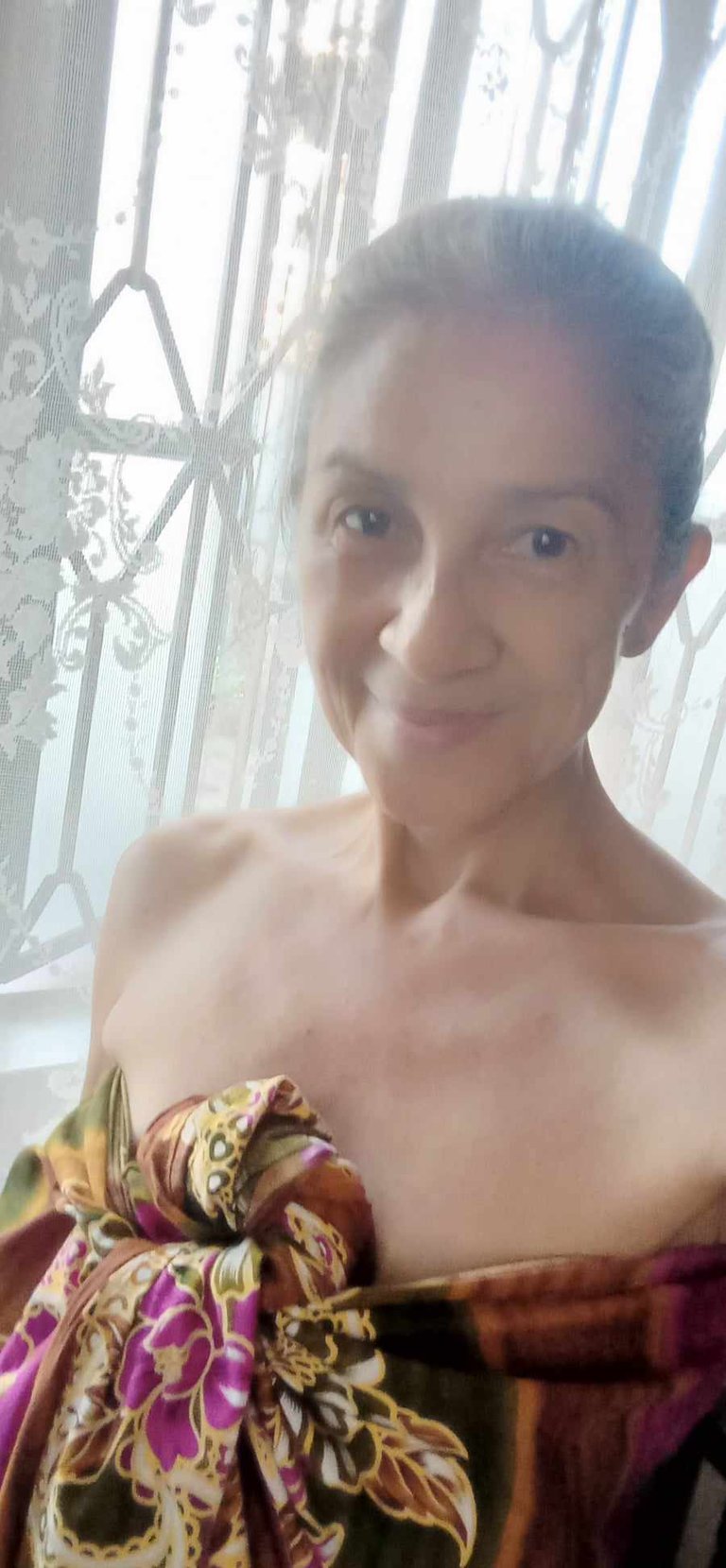
I am happy and thrilled that a friend from Mindanao sent me a "Malong" - a lovely cloth as a present. I love Malong, a traditional "tube skirt" created from handwoven or machine-made multi-colored cotton cloth with a variety of geometric or okir motifs. The design or style of the Malong could unveil the weaver's tribe origin, such as the Maranao malong landap. My friend knows I enjoy collecting tube skirts, but when lady friends from abroad see the Malong I am wearing, they often ask for it as a souvenir. I happily give it to them because I can always get it in Davao.
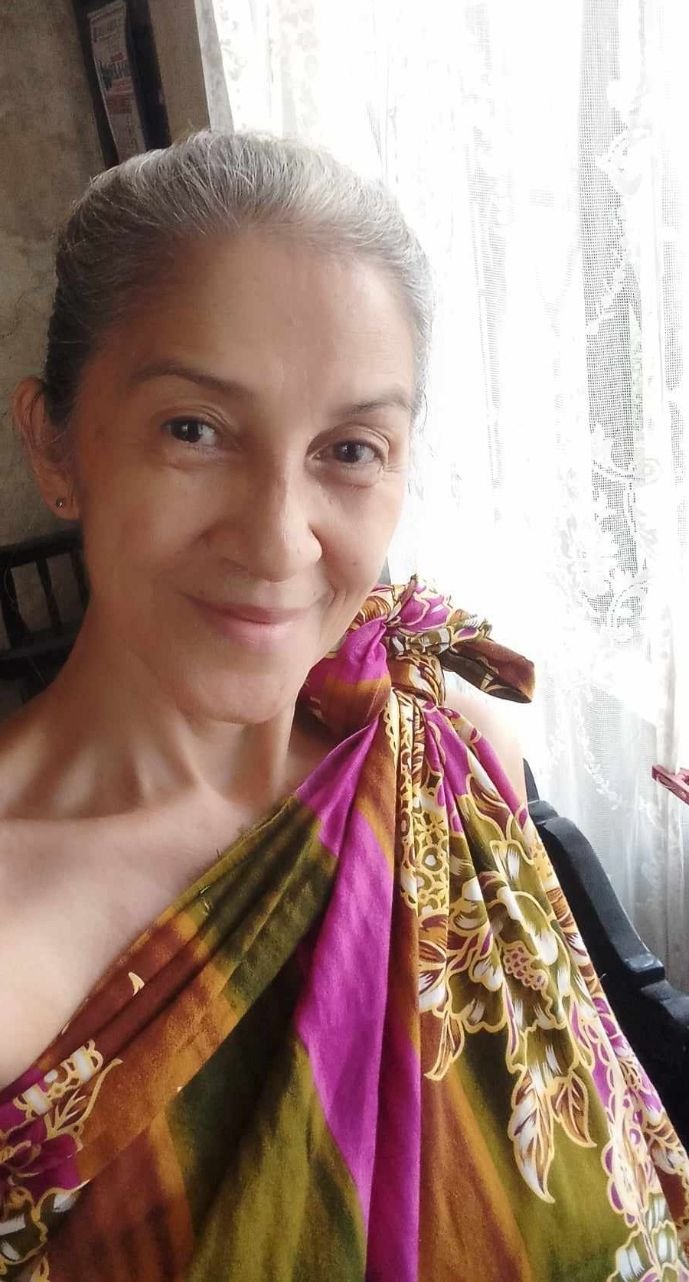
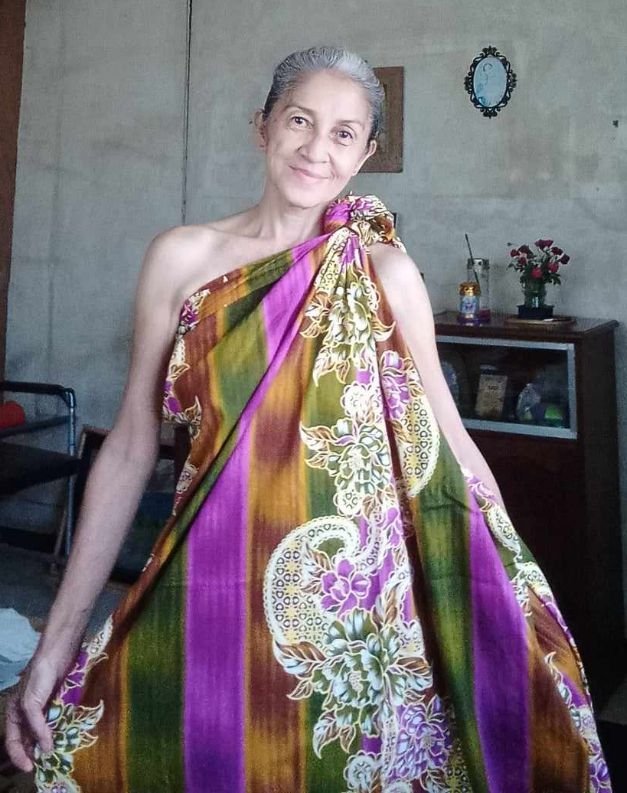
Mindanao weavers manufacture one of the most well-known and commonly used fabrics, the malong. Malong, a versatile tube fabric from Maguindanao and Maranao, has long been a mainstay of Philippine traditional apparel; it can be used as dresses, skirts, trousers, capes,hammock,prayer mat, a "dressing room" and more. Other weaving groups in the Philippines weave their versions of the malong under other names.
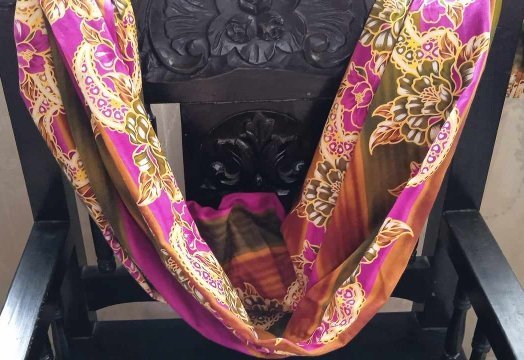
Both men and women alike generally wear it wrapped over their entire bodies. Wearing the Malong as a wrap-around skirt that reaches the wearer's feet is among the most popular ways to style it. For ladies, this style of wearing the long is called katinambed, and for men, katampi. In addition, women usually drape one end of the long over their shoulders and wear it over their chest. We refer to this fashion as kasinambir.
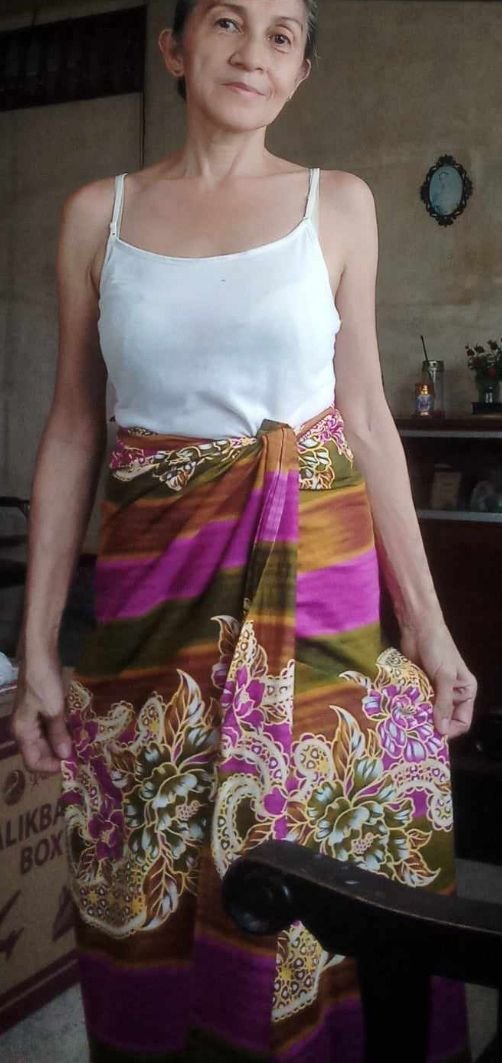
I love the intricate design of this latest collection I have, so I hurriedly fit the Malong took some pictures, and sent them to my friend. He said it blends well with my skin tone. It's a combination of Purple, Green, and Brown very ethnic! I love the design that perfectly goes well with every hue.
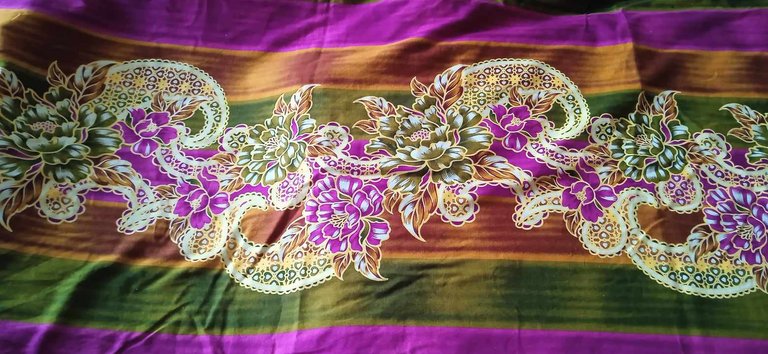
The versatility of malong is another well-known trait. The cloth is perfect for a multitude of applications due to its shape and wide range of forms. Coverings of a simpler kind, like blankets, mosquito nets, raincoats, and headgear to guard against the heat, are commonly used. The most basic malong is utilized as fishnets and the foundational sails of a banca, or boat. The malong can be transformed into a stretcher known as a "dalagan" by inserting two strong poles on either end. Even young guys would bundle their malong into improvised gloves to practice boxing. Only on exceptional occasions are the more elegant and more elaborate Malongs used.
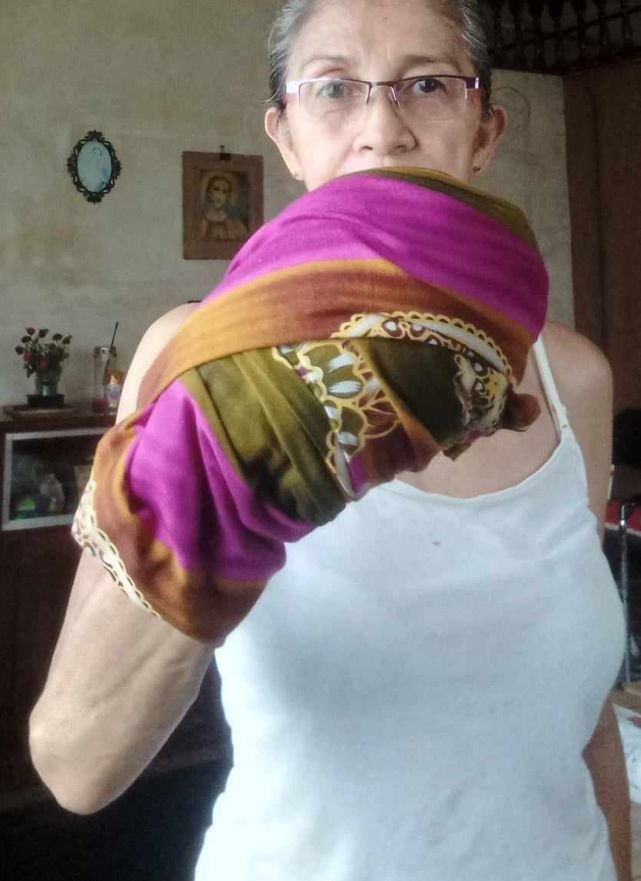
Generations of Maranaos have appreciated and preserved the craft of malong weaving. Women frequently inherit weaving traditions, thus they begin learning the craft at a young age. They develop into accomplished weavers as adults after practicing their art. Malong weavers, like their Maguindanao counterparts, are generally regarded as some of the most outstanding artists.
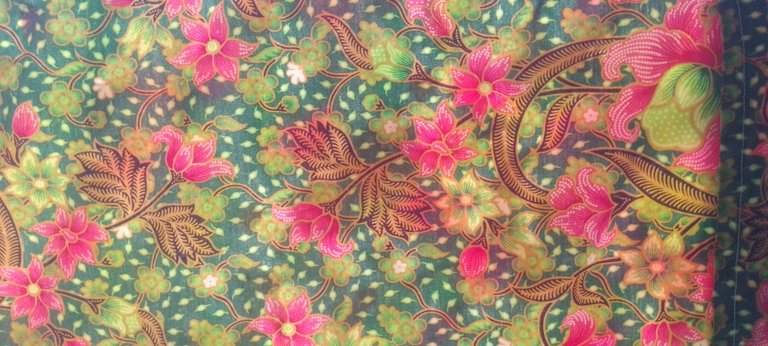
Similar garments are woven by other cultures, such as the Yakan and Samal, yet they go by various names. Tadjung is the term used by the Tausug to refer to their tubular outfits. In Luzon and the Visayas, the northern regions are known as wrap- about the patadyong skirts, which are primarily worn by ladies. Both the Burmese longyi and the Indonesian sarong, which are unisex tube skirts, are said to have a connection to the malong.

A malong can have more than a hundred varieties. The traditional malong landap and malong andon are the two most well-known varieties. Apart from the embroidered tapestry bands that span the width and length of the fabric, the malong landap is largely plain. They go by the name of langkit. It is necessary to weave the langkit separately before attaching it to the malong's main fabric because of its wavy okir designs. Though some varieties also include violet tones, the malong landap is typically colored in yellow with maroon langkit.
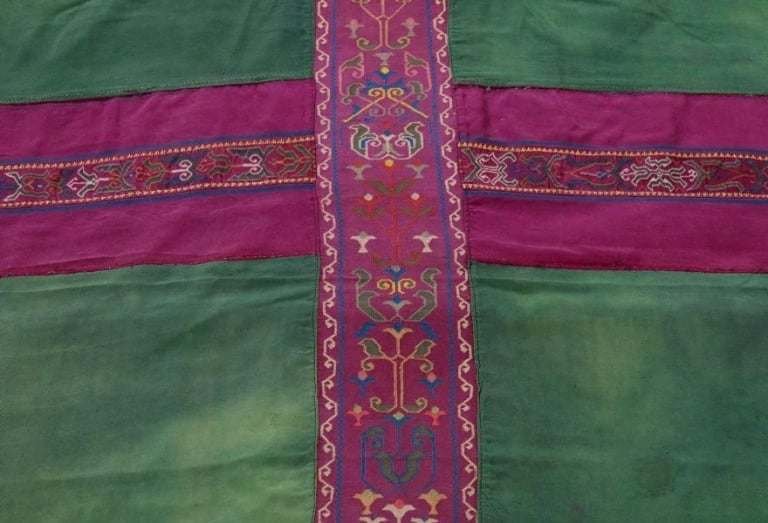
Two primary motifs, the patola and the pako rabong, take up two halves of the malong andon fabric. A supplemental weaving technique creates twisting, curved designs known as the "fern motif," or pako rabong. With symmetrical curving and diagonal forms encircling a bigger circle, the patola, or eight-pointed star, is depicted on the cloth through the use of the ikat dyeing technique.
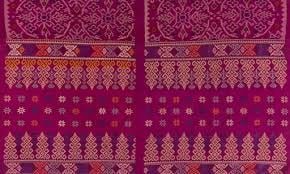
How about you guys do you have Malong? It's so useful, isn't it?
Thank you for fetching around my blog and checking out the post. Catch you on my next blog.
Namaste,
@diosarich 🌷💖
If you happen to visit Davao City I can recommend to buy it from Aldevinco Shopping Center Corner C.M. Recto and Roxas Avenue Davao City.
- The price may range from $10 to $15, depending on the intricate details of the design.
0.17539768 BEE

Here in the Philippines, you can always see this woven piece anywhere. Either they use it for events, or just random stuff they wear daily.
Yes, you can see Ladies or Men wearing it every day in the Central part of Mindanao. Their Malongs are stunning. A simple tube skirt is worn every day, while the complex and exquisite Malong is reserved for special occasions. By the way, I am a Dahawenya. 😊🌷💕
First time I hear this word Malong. Looks like a variety of colours in it. Nice while wearing.
Malong is a traditional tube skirt from Southern Mindanao, Philippines. A simple tube skirt is worn every day, while the complex and exquisite Malong is reserved for special occasions.
👍
View more
Yeah, malong is very handy. They call it saree in India since we use similar wear though theirs is silky while our malong is usually made of cotton or the batik from Malaysia. My grandmother used to wear the traditional malong called "landap". You will notice that it has no end or it looked like a tube. That's how intricate it is and they only wear his handwoven "landap" on special occasions. It is a trademark of our rich culture and tradition in the Philippines which is a blended race of Malaysian and Spanish blood and even that of the Western culture hence the Philippines is called the melting pot of different cultures producing a well blended characteristic of the North, South, and the West. lol! Thanks for sharing dear. I have some of that too!
Wearing malong is popular among Mindanaoans due to its intricate, beautiful design and gentle, soft texture.❤️
Yes, it is well known that Filipinos are made up of several blood races. In short, we are dubbed a "United Nations race." 😊 But that's all hyperbole aside, the Philippines has a rich cultural legacy that we have acquired from the South, North, West, and East of our neighboring countries.
I remember my husband using malong not me and my son. Ginawang duyan niya. Galing Cotabato tlaga yon.
Yes, karamihan NG Making batin ay gawa galing SA Southern Philippines. Ang gaganda and we should be proud of it. It's a versatile garment.💞
I have been to Gen San and visited the market. There were so many beautiful malongs to choose from for pasalubong. Love it🤩 !PGM
Oh, yes! And cheaper than those sold in shopping centers. Have you bought one for yourself as a souvenir?
I bought two. Had a hard time finding these since all are beautiful and each had unique designs. I chose the Malongs that matched their personal styles.
View more
I recalled when we were in Jolo, Sulu everyday we wore that patadjong or malong.
It is rich in color, gentle and soft on the skin. Puede mo pang gawing dressing room kahit nasa public ka. You can change your clothes. 😊
How beautiful and multifaceted they are.
Yes @mers, when I was in the university I used it as my "dressing room" when our bathroom in the boarding house unavailable and I am in a hurry. I changed my uniform inside the malong.🤩
It looks good on you 😍
Thank you so much for your wonderful comment, dear @charmingcherry and for swinging by.
⋆ ᴛʜᴇ ᴘʟᴀᴄᴇ ғᴏʀ sᴏᴜᴛʜᴇᴀsᴛ ᴀsɪᴀɴ ᴄᴏɴᴛᴇɴᴛ ᴏɴ ʜɪᴠᴇ
⋆ sᴜʙsᴄʀɪʙᴇ ᴛᴏ ᴛʜᴇ ᴀsᴇᴀɴ ʜɪᴠᴇ ᴄᴏᴍᴍᴜɴɪᴛʏ
⋆ ғᴏʟʟᴏᴡ ᴛʜᴇ ᴀsᴇᴀɴ ʜɪᴠᴇ ᴄᴏᴍᴍᴜɴɪᴛʏ ᴠᴏᴛɪɴɢ ᴛʀᴀɪʟ
⋆ ᴅᴇʟᴇɢᴀᴛɪᴏɴ ʟɪɴᴋs 25 ʜᴘ⇾50 ʜᴘ⇾100 ʜᴘ⇾500 ʜᴘ⇾1,000 ʜᴘ
Whenever I have time, I will be here to share my thoughts in the @asean.hive community. 🌷❤️